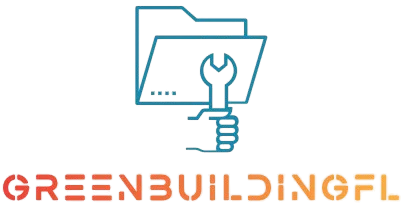How to Develop a Project Stakeholder Communication Plan
Developing a project stakeholder communication plan is crucial for ensuring effective and efficient communication with all individuals or groups involved or impacted by your project. Here’s a step-by-step guide to help you develop a comprehensive communication plan:
- Identify Stakeholders: Begin by identifying all stakeholders relevant to your project. These may include project sponsors, team members, clients, end-users, management, investors, regulatory bodies, and community members. Categorize stakeholders based on their level of influence and interest in the project.
- Determine Communication Needs: Assess the specific communication needs of each stakeholder group. Consider their preferred communication channels, level of detail required, frequency of updates, and specific information they need or expect. Tailor your communication approach accordingly to meet these needs.
- Define Project Objectives: Clearly outline the project objectives, goals, and key messages that need to be communicated to the stakeholders. This will serve as a foundation for your communication plan.
- Select Communication Channels: Identify the appropriate communication channels for each stakeholder group. This may include email, regular meetings, conference calls, project management tools, newsletters, social media platforms, or dedicated stakeholder portals. Choose channels that align with their preferences and provide efficient and effective communication.
- Craft Key Messages: Develop key messages that align with the project objectives and stakeholders’ interests. Ensure the messages are concise, clear, and easily understandable. Focus on addressing stakeholders’ concerns, highlighting project progress, sharing updates, and seeking feedback.
- Determine Communication Schedule: Establish a communication schedule outlining when and how often you will communicate with each stakeholder group. Consider the frequency and timing of updates, as well as any important project milestones or deadlines that may influence your communication schedule.
- Assign Responsibility: Clearly assign responsibility for communication tasks. Identify who will be responsible for drafting messages, managing communication channels, delivering presentations, or facilitating meetings. This ensures accountability and a systematic approach to communications.
- Engage Two-Way Communication: Foster open and transparent communication by encouraging feedback and questions from stakeholders. Provide avenues for stakeholders to express their opinions, concerns, and suggestions. Actively listen and respond promptly to their feedback, creating a culture of engagement and collaboration.
- Monitor and Evaluate: Continuously monitor and evaluate the effectiveness of your communication plan. Seek feedback from stakeholders to assess their satisfaction with the communication process. Regularly review and make adjustments to the plan as needed to ensure it remains relevant and impactful.
- Document and Share: Document all communication activities, including messages, meeting notes, feedback received, and any changes made to the plan. Share this documentation with relevant stakeholders to foster transparency and keep everyone informed of the communication progress.
By following these steps and regularly updating and refining your communication plan, you can effectively engage your project stakeholders and ensure that vital project information is communicated in a timely and clear manner.



